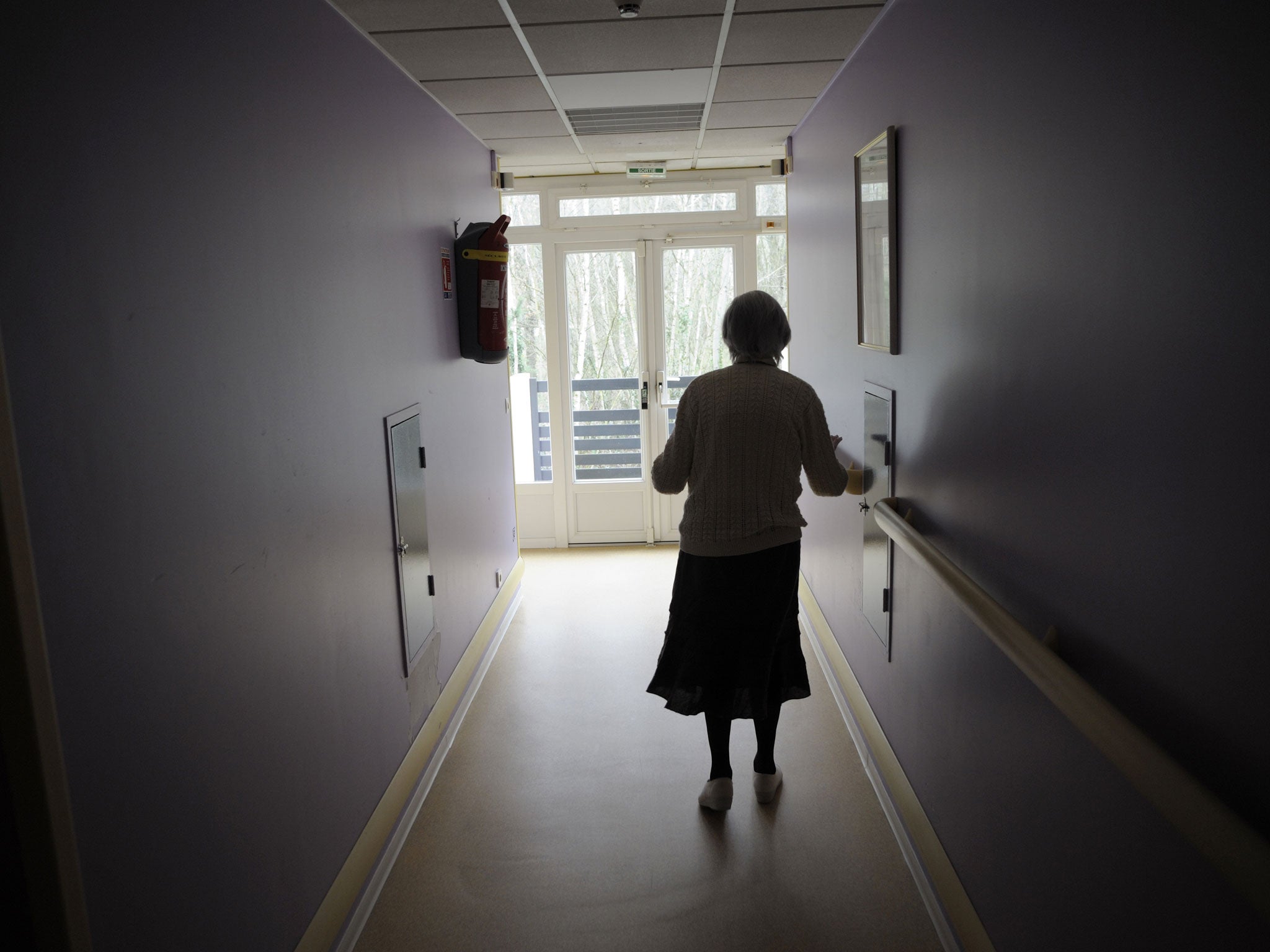Thousands of unexplained and unexpected deaths among elderly revealed in leaked Government analysis
Labour calls for “urgent investigation” amid fears more old people are dying because of cuts to public funding

Your support helps us to tell the story
From reproductive rights to climate change to Big Tech, The Independent is on the ground when the story is developing. Whether it's investigating the financials of Elon Musk's pro-Trump PAC or producing our latest documentary, 'The A Word', which shines a light on the American women fighting for reproductive rights, we know how important it is to parse out the facts from the messaging.
At such a critical moment in US history, we need reporters on the ground. Your donation allows us to keep sending journalists to speak to both sides of the story.
The Independent is trusted by Americans across the entire political spectrum. And unlike many other quality news outlets, we choose not to lock Americans out of our reporting and analysis with paywalls. We believe quality journalism should be available to everyone, paid for by those who can afford it.
Your support makes all the difference.A leaked report has revealed that thousands more elderly people died in the past year than the Government had expected, particularly in poorer areas of the country.
Labour called for an “urgent investigation” into the findings, and said the Coalition needs to “be honest” about whether cuts to social care budgets over the past three years have contributed to the spike in mortality rates.
The increase in deaths has been most striking amongst women aged 85 and over, and that rise is the driving force behind alarming statistics which suggest around 600 more people than expected are dying every week, the analysis revealed.
The document, made public by the Health Service Journal, reveals that number-crunchers at Public Health England have been “tracking the mortality summaries to determine if last year’s unwelcome increase in mortality in older age may be continuing.”
The report found that there has been, “if anything, a further deterioration in mortality”.
In a letter to the health secretary Jeremy Hunt, seen by The Independent, Mr Burnham has called for an “urgent” investigation into the figures.
Official projections estimated there would be around 455,000 deaths in England between the summers of 2012 and 2013. The actual number was almost 25,000 greater than that, an increase of around 5 per cent on top of Office of National Statistics expectations.
The research also broke down the numbers to look specifically at the so-called “Spearhead authorities” – the areas of the country which fare poorest for life expectancy and mortality rates.
It noted that: “Worryingly, female 75-and-over mortality trends appear to have been worse in the Spearhead areas.” There was even a clearly-observable tailing-off of life expectancy in these areas.
Although the reason for the increase remains unknown, some experts have already suggested that cuts to local government social care budgets may be to blame.
Mr Burnham writes: “As you will be aware, the Government has made significant cuts to local authority budgets that pay for social care, which have seen £1.8 billion taken on out of adult social care since 2010, and it is clear that families need immediate action to improve the care system. Are you satisfied that all social care departments have sufficient funding to prevent older people being placed at serious risk?”
Public Health England acknowledged it had carried out the analysis, and in a recent report, which it did publish, it noted the severity of influenza and other viruses over the most recent winter, and observed: “The number of deaths during 2012/13 was high.”
But it could not yet offer a definitive explanation as to why mortality rates rose across the board. A spokesperson for Public Health England said: “We are currently undertaking further work to understand why there was a rise in mortality rates during the earlier months of this year and the causes behind this.”
They added that weekly rates are currently down to within levels expected for this time of year.
Speaking to the Health Service Journal, professor of human geography Danny Dorling said he believed the recent cuts could be to blame for the increase in deaths among the elderly.
He said: “Elevated mortality amongst the elderly is often about people dying two or five years earlier than would be expected given recent rates.
“It is possible that cuts or freezes to services have a particular bad effect on this group - even cuts and freezes that might appear very minor - because the group is so vulnerable.
“Increased anxiety resulting from knowing you might have to move home or even have no home has long been known to be very damaging for the health of very elderly people. The timing of this recent rise in mortality coincides with the crisis in the funding of a large number of care homes.
“It is worth thinking… who gets left a little longer in A&E than they were left when there was funding growing year on year. Who is most neglected when the carer visiting them has only 15 minutes when they used to have 30?”
Join our commenting forum
Join thought-provoking conversations, follow other Independent readers and see their replies
Comments